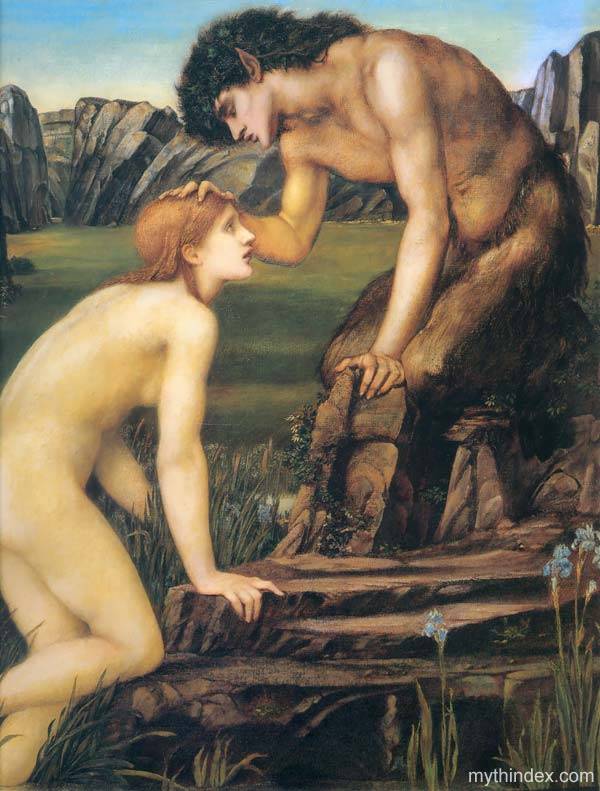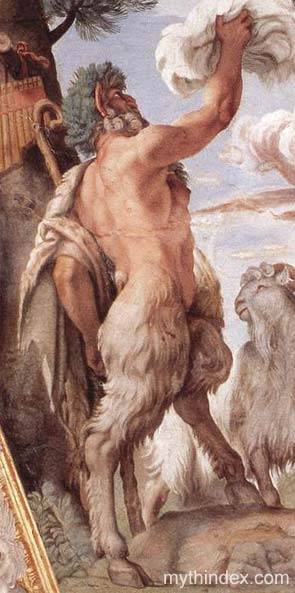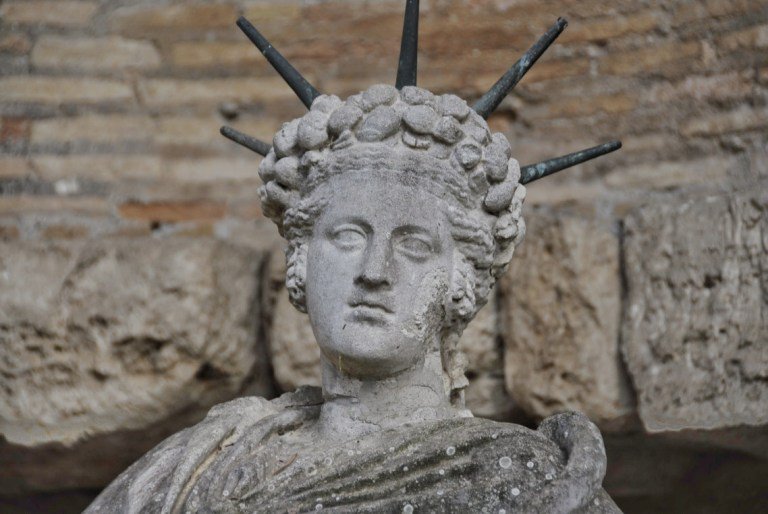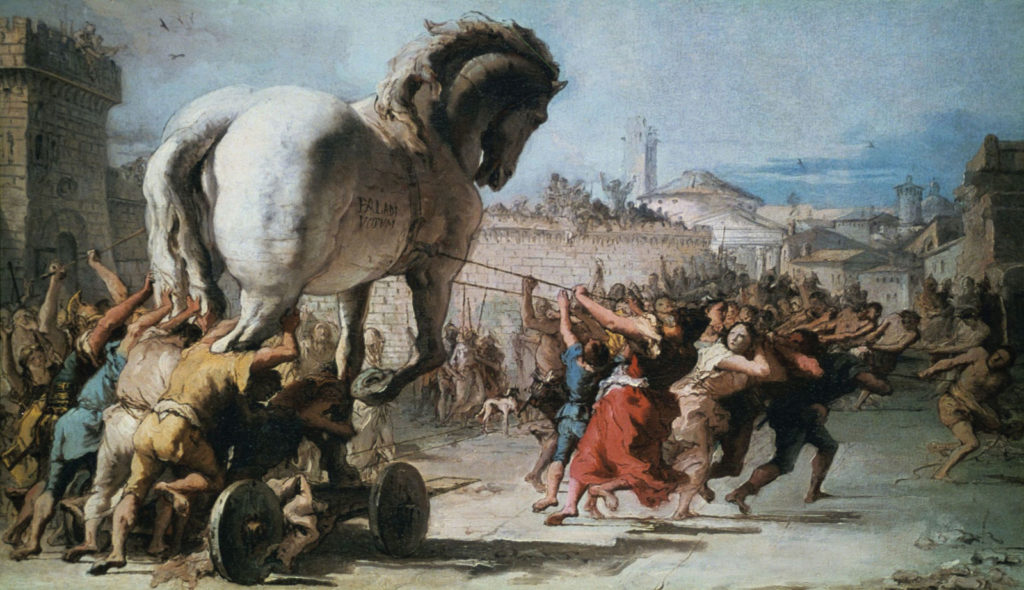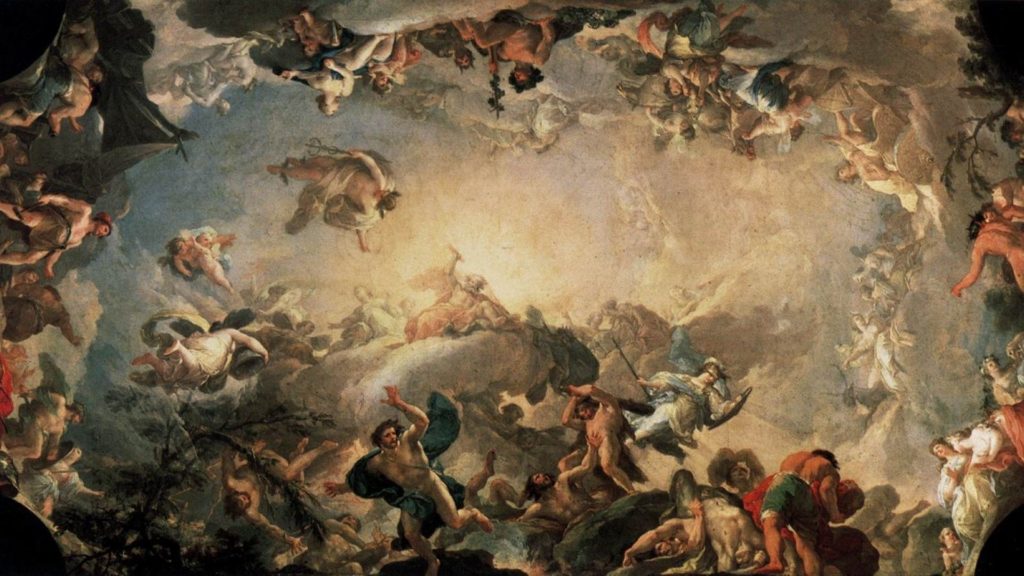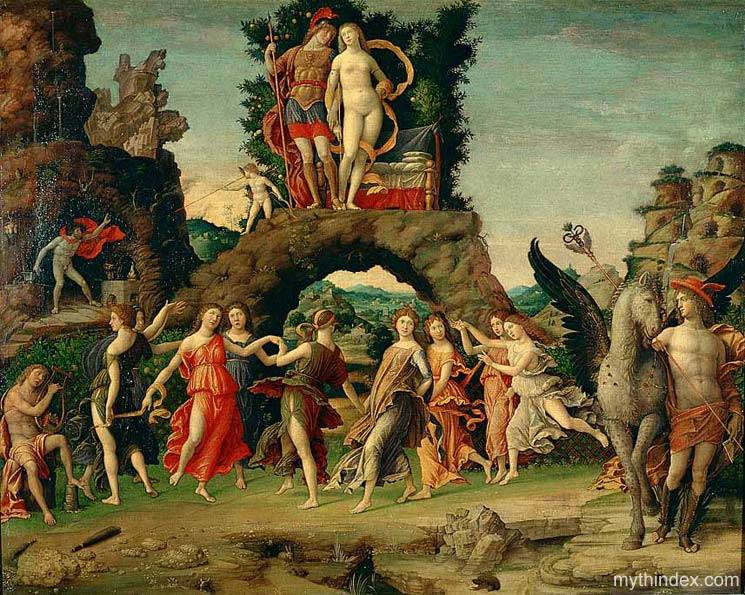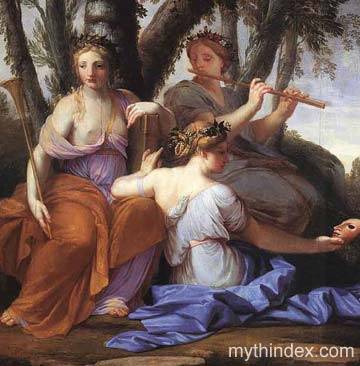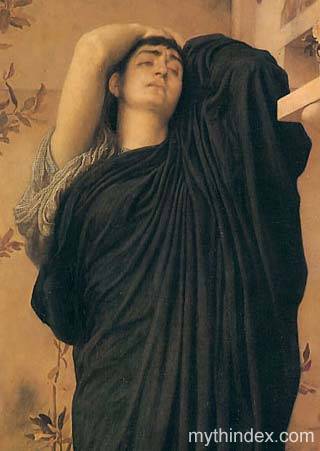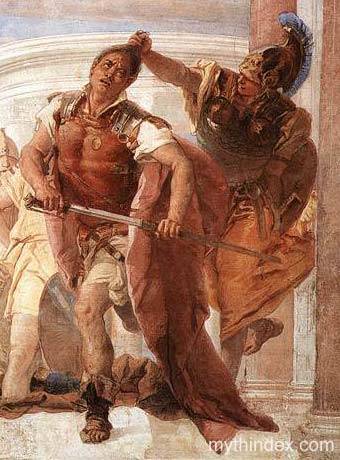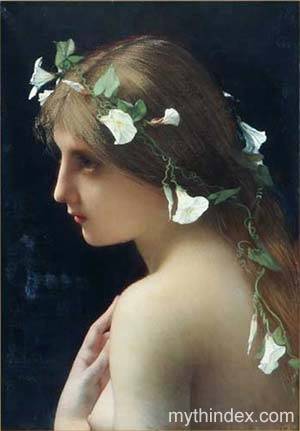Free Sex: Best Apps for Casual Hookups
Want to find free sex fast and free? We’ve got you covered with the top apps for easy and quick local casual hookups. These apps have the features to get you connected with nearby partners in no time.
Best Apps for Free Sex
Looking for the best apps to find free local casual sex? Here are the top ones, each excelling in one area:
- Best for No-Strings-Attached: Hookup-Singles
- Best for Large User Base: Easyhookups and Tinder
- Best for Disappearing Content: Pure
- Best for Top Hookup Site: Adult Friend Finder (AFF)
- Best Alternative to Tinder: Badoo
- Best for User-Friendly Design: WannaHookUp and OneNightFriend
These adult dating sites are recognized for their features and big, active user bases. They make it easy to find casual sex seekers including horny women for adult fun.
Local Sexfinder App: Free
Features:
- International users
- Customizable filters for instant matches
Pros:
- Quick sign up
- User friendly
- International users
- Customizable filters for search
Cons:
- Not all features are free
- Can be overwhelming with so many users
If you want local casual partners fast, Local Sexfinder App is the way to go. The filters allow you to narrow down your search by distance, age and physical characteristics so you don’t waste time. The app has a big international user base so no matter where you are you can find someone nearby for free sex.
Using Local Sexfinder App is easy. You can sign up in less than 3 minutes. Once registered you can start browsing for local hookups. The app is user friendly even if you’re not tech savvy. The filters allow you to set specifics like:
- location
- age range
- body type
- and more
So you can find what you need.
Rating:
- Price: 4/5
- Design: 5/5
- Usability: 5/5
- Features: 4/5
Free Fuckbook App: Best for User Friendly
Price: Free
Pros:
- Quick sign up
- Full profiles with photos and videos
- Search by proximity and interests
- No strings attached
Cons:
- Fake profiles
- Limited features in free version
The Free Fuckbook App, a free fuck site, is designed for a seamless user experience. With a quick sign up that takes just a few minutes you can start your journey to find local fuck buddies. The app allows you to:
- Create full profiles with photos, videos and descriptions to attract partners.
- Search other users by location, interests and preferences.
- Chat and connect with other users through private messaging.
- Share and view explicit content.
- Arrange meetups and hookups with like minded people.
Free Fuckbook App makes it easy to find local hookup buddies. Users can filter profiles by:
- Proximity
- Body type
- Age
- Specific interests
So you can find what you need. The app is for casual adult fun and hookup dating, connecting users with friends with benefits without any strings.
Rating:
- Price: 5/5
- Design: 5/5
- Usability: 5/5
- Features: 4/5
Meetnfuck.com: Best for International Hookups
Price: Free
Features:
- Desktop and mobile compatible
- High quality profiles for high quality connections
Pros:
- Quick sign up
- Worldwide reach
- High quality profiles
- Desktop and mobile friendly
Cons:
- Can be overwhelming with so many users
- Some features require premium subscription
If you want to expand your horizons and find international hookups, meetnfuck.com – Official is a good option even compared to free fuck sites. The app has:
- Full profiles
- Quick sign up
- Easy to get started and find friends with benefits
- Activate fuckbuddy profiles
- Browse local or international matches
You can start now.
The app is considered the best free sex site by many and is desktop and mobile compatible, so you have flexibility and convenience. It’s for casual sex partners and sex dating no strings. So you can use this sex dating site for:
- casual and anonymous encounters
- meet and fuck tonight
- find local sex
- vacation hookups
Rating:
- Price: 4/5
- Design: 5/5
- Usability: 4/5
- Features: 5/5
InstaFuck: Best for Quick and Easy Matches
Price: Free
Pros:
- Quick sign up on the dating site
- Simple and user friendly interface
- Auto match within 5 miles
- Fast connections with local girls
Cons:
- Limited features
- Fake profiles
For those who want quick and easy matches InstaFuck is the way to go. You can join the app and find matches in 30 seconds, it’s super fast for those who want instant connections. The app allows you to:
- Local matches
- Meet for sex in 3 taps
- Simple interface
- Auto match with users within 5 miles of you
The app connects you with local girls who want to meet up, so you can find a casual sex partner fast and easy. InstaFuck is for those who want to get to the point and skip the rest, a streamlined way to find local fuck buddies.
Rating:
- Price: 5/5
- Design: 5/5
- Usability: 5/5
- Features: 4/5
Local Sex App: Best for Anonymous Encounters
Price: Free
Pros:
- User privacy focused
- Anonymity features
- Geolocation for casual encounters
- Easy to use
Cons:
- Limited features
- Fake profiles
For those who want anonymous encounters the Local Sex App is the way to go. It emphasizes user privacy and tells users to keep personal info private, anonymous interactions. User photos and conversations self destruct after a certain period so you can hookup without revealing your identity.
Using geolocation the app matches you with local fuck buddies, so you can have casual encounters while keeping private. You can start browsing for fuck buddies right after creating a profile, so you can find fuck buddies and local sex in casual encounters everywhere.
Rating:
- Price: 5/5
- Design: 5/5
- Usability: 5/5
- Features: 4/5
How to Choose the Right App for Hookups
Choosing the right app for hookups can make a big difference. Here’s how:
- Make sure the app has safety features like profile verification and community rules to avoid bad interactions.
- Read user reviews to get an idea of the app’s reliability and user experience.
- Check expert opinions to get a professional view of the app.
By following these tips you can find an app that suits you and has a good hookup experience.
Consider the following when choosing a dating app:
- The app’s target audience or preferences. Some apps are for specific groups, like Grindr for queer men or HER for queer women and nonbinary.
- The app’s safety features, like verification process and reporting tool.
- The app’s privacy settings and who can see your profile.
- The app’s user interface and usability.
- The app’s reputation and user reviews.
- Does the app have 24/7 customer support for any issues you may encounter.
So there you have it.
Conclusion
In short, the right app for free sex and casual hookups is what you need and want. Whether you want user friendly, fast matches or anonymous encounters, there’s an app for you. Just remember to prioritize safety and don’t be afraid to try out different ones to find the one that suits you. Happy hooking up!
FAQ
Are these apps free?
Yes, the apps have free versions with basic features but advanced features require a paid subscription.
How do I keep my privacy on these apps?
Choose apps that prioritize user privacy and anonymity like the Local Sex App and don’t share personal info to keep your privacy.
Can I find international hookups on these apps?
Yes, apps like meetnfuck.com are great for international hookups because they have a global user base and good profiles.
How long does it take to find a match on these apps?
You can find a match on InstaFuck in just a few taps.
What to look for in a hookup app?
Look for apps with safety features, good user reviews and target audience that matches your preferences. That’s it.

